Crocus In Lawns: Tips For Growing Crocus In The Yard


Early-spring crocus have much to offer, and they needn't be restricted to the flower bed. Just imagine a lawn filled with blooms in colors such as bright purple, white, gold, pink, or pale lavender. Once established, the thick carpets of color require surprisingly little care.
Growing Crocus in Lawns
If you're thinking about growing crocus in the yard, there are several things to consider. If you like a lawn that is luxurious, lush, and heavily fertilized, planting handfuls of crocus may be a waste of time because the bulbs have little chance of competing with a stand of thick grass. If you're fussy about your lawn and you like it perfectly manicured, you may not be happy with the little guys popping up all over the place. Keep in mind that you won't be able to mow for a few weeks, or until the tops of the crocus turn yellow. If you mow too soon, the bulbs may not have the get up and go for another season of blooming because the foliage absorbs sunlight that converts to energy. Crocus is ideally suited for a spot where grass is sparse-- possibly a spot under a deciduous tree or in a forgotten patch of lawn.
How to Grow Crocus Lawns
Plan (and plant) your crocus lawn carefully; with any luck, the bulbs will last for several years. Plant the bulbs when the ground is cool in autumn, six to eight weeks before the first hard frost. Choose a spot where the soil drains well. If you're planting crocus bulbs in existing turf, you can lift the turf and roll it back carefully. Dig a little compost or manure into the exposed soil, then plant the crocus bulbs. Roll the turf back into place and tamp it so it makes firm contact with the ground. If you're thinking that naturalizing crocus bulbs will provide a more natural appearance, you're right. For a truly natural look, just scatter a handful of bulbs and plant them where they fall. Steer clear of perfect rows.
Crocus Varieties for Lawns
Small, early blooming crocus varieties have fine-textured foliage that blends well with lawn grass. Additionally, they tend to compete with turf more effectively than larger, late-blooming types. Many gardeners who have successfully grown crocus lawns recommend C. Tommasinianus, often known as “Tommies.” This small, star-shaped variety is available in several colors, including “Pictus,” which provides delicate lavender bulbs with purple tips, or “Roseus” with blooms that are pinkish lavender. “Ruby Giant” blooms are reddish purple, “Lilac Beauty” boasts pale lavender crocus with pink inner petals, and “Whitewell Purple” displays reddish purple blooms.
Gardening tips, videos, info and more delivered right to your inbox!
Sign up for the Gardening Know How newsletter today and receive a free copy of our e-book "How to Grow Delicious Tomatoes".

A Credentialed Garden Writer, Mary H. Dyer was with Gardening Know How in the very beginning, publishing articles as early as 2007.
-
 Looking For Plants To Give You The Soft And Fuzzies? Try These 5 Fuzzy Leaf Plant Options
Looking For Plants To Give You The Soft And Fuzzies? Try These 5 Fuzzy Leaf Plant OptionsLovers of texture, drama, silver foliage and tactile plants will adore these special sensory garden additions. These fuzzy leaf plant options will leave you all aglow
By Susan Albert
-
 Get Ready For A Summer Of Hummers! Grow These Full Sun Hummingbird Plants and Flowers
Get Ready For A Summer Of Hummers! Grow These Full Sun Hummingbird Plants and FlowersIf you’re lucky enough to enjoy a sunny backyard, make sure you are maxing out on your pollinator opportunities and grow these full sun hummingbird plants and flowers
By Tonya Barnett
-
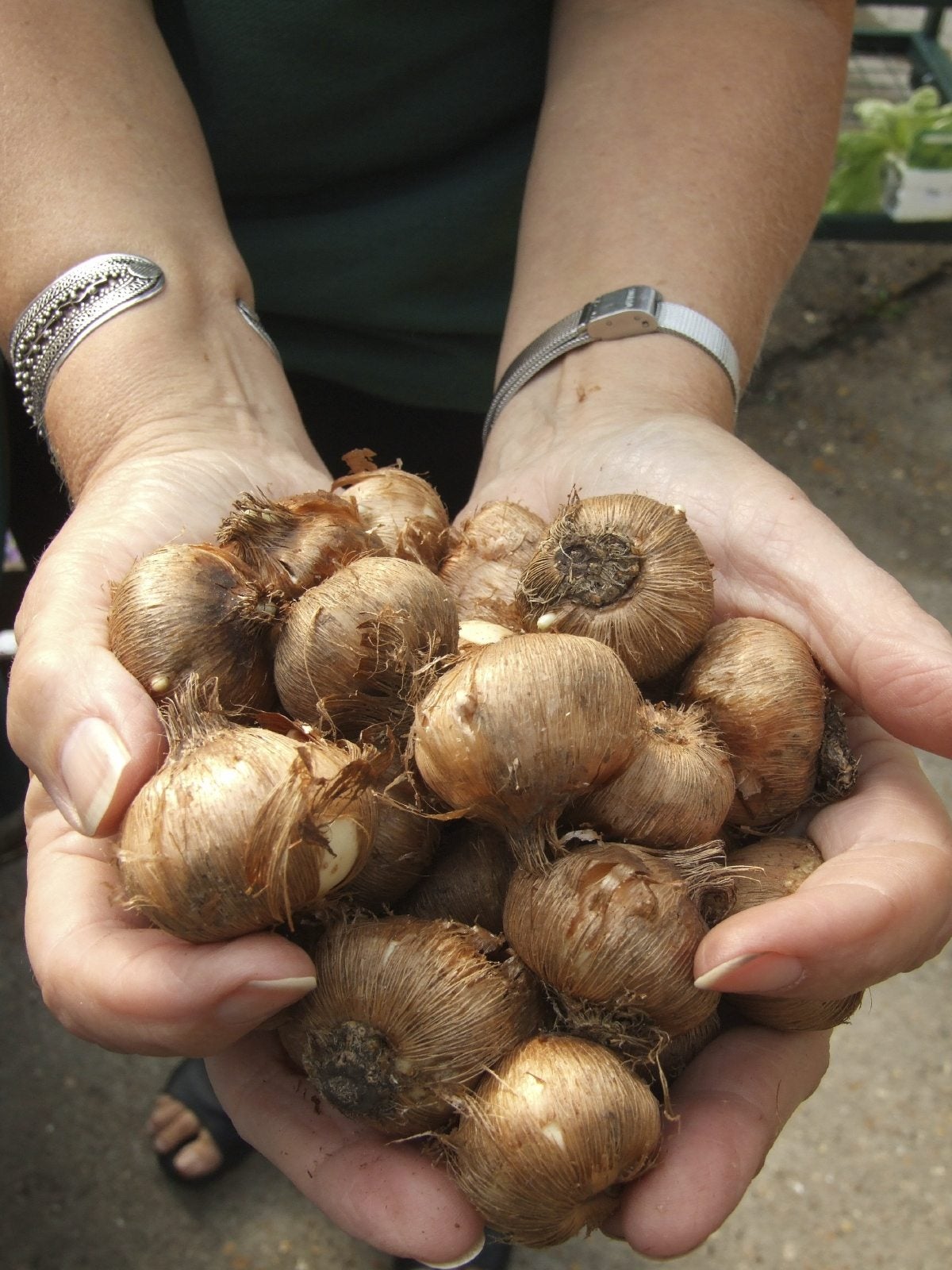 Crocus Bulb Storage: Learn How To Cure Crocus Bulbs
Crocus Bulb Storage: Learn How To Cure Crocus BulbsIf you choose to remove the bulbs until the next growing season, it is important to know when to dig up crocus bulbs. Learn how to cure crocus bulbs in the article that follows. Click here for more information.
By Bonnie L. Grant
-
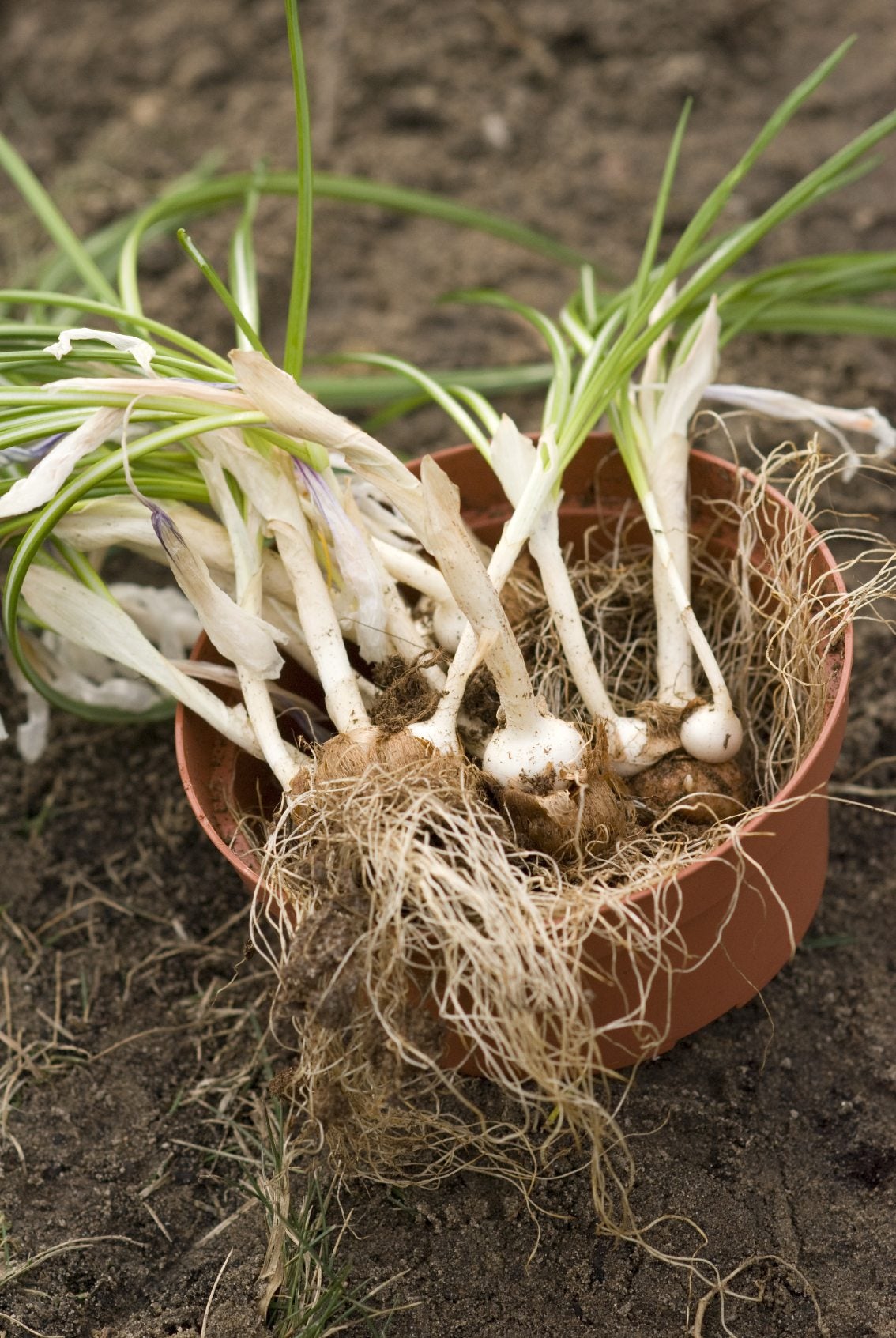 What Are Crocus Offsets: How To Dig Up Crocus Bulbs For Propagation
What Are Crocus Offsets: How To Dig Up Crocus Bulbs For PropagationCrocuses are some of the first flowers to poke their heads through the soil in early spring. Propagating crocus bulbs from division is an easy method of multiplying these enchanting flowers, and this article will help.
By Gardening Know How
-
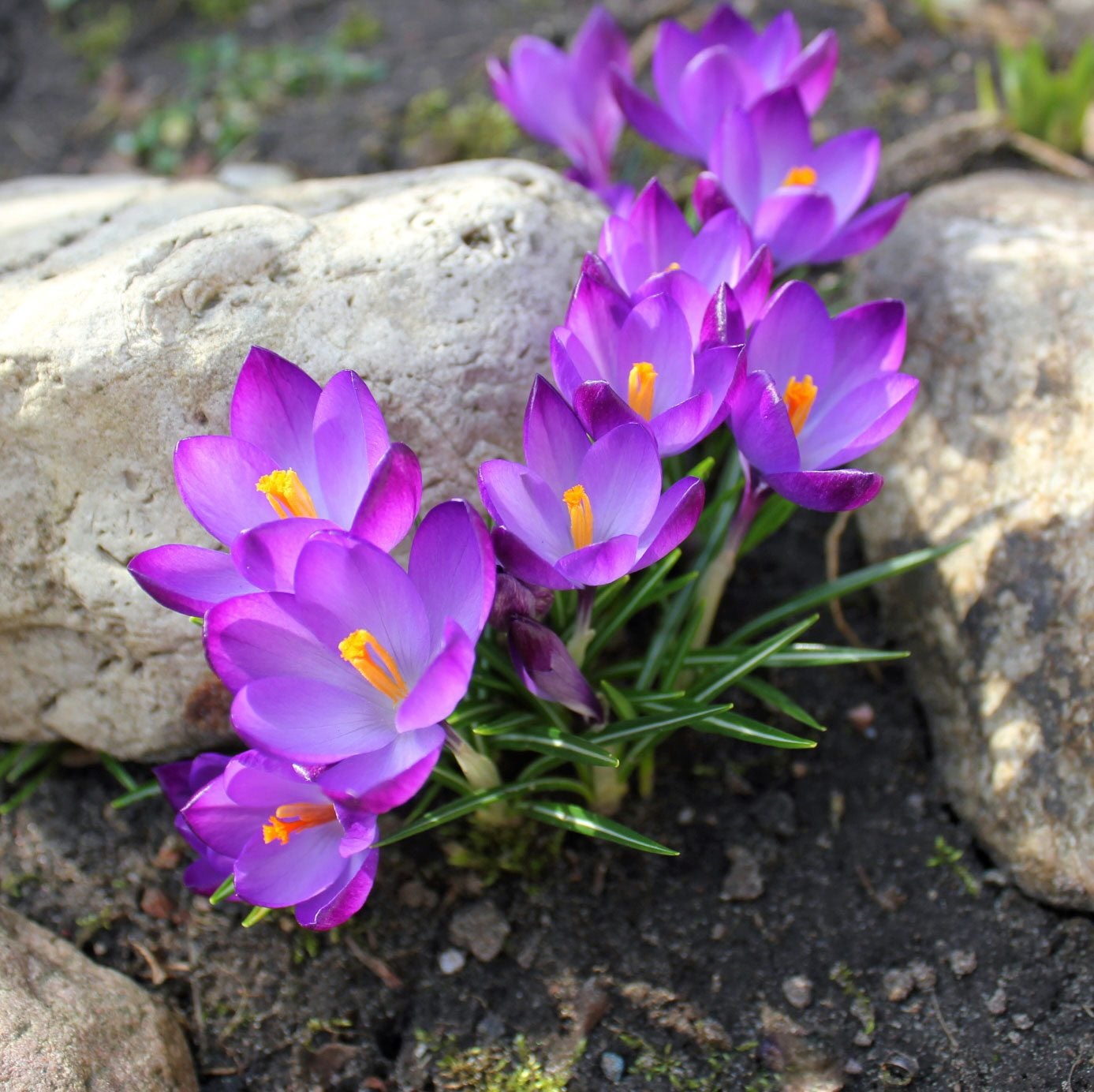 Crocus Planting Tips: Learn When To Plant Crocus Bulbs
Crocus Planting Tips: Learn When To Plant Crocus BulbsCrocuses are the first bright surprise in early spring. In order to get the cheery flowers, you have to plant some corms at the right time of the year. You need to know when to plant crocus. Read here for important crocus planting tips.
By Bonnie L. Grant
-
 My Crocus Won't Flower: Reasons For A Crocus Not Blooming
My Crocus Won't Flower: Reasons For A Crocus Not BloomingYou did everything right. You planted the corms in fall, fluffed up the soil, and fertilized the root zone but there are no blooms on your crocus. There are several reasons for a crocus not blooming. Learn what they are in this article.
By Bonnie L. Grant
-
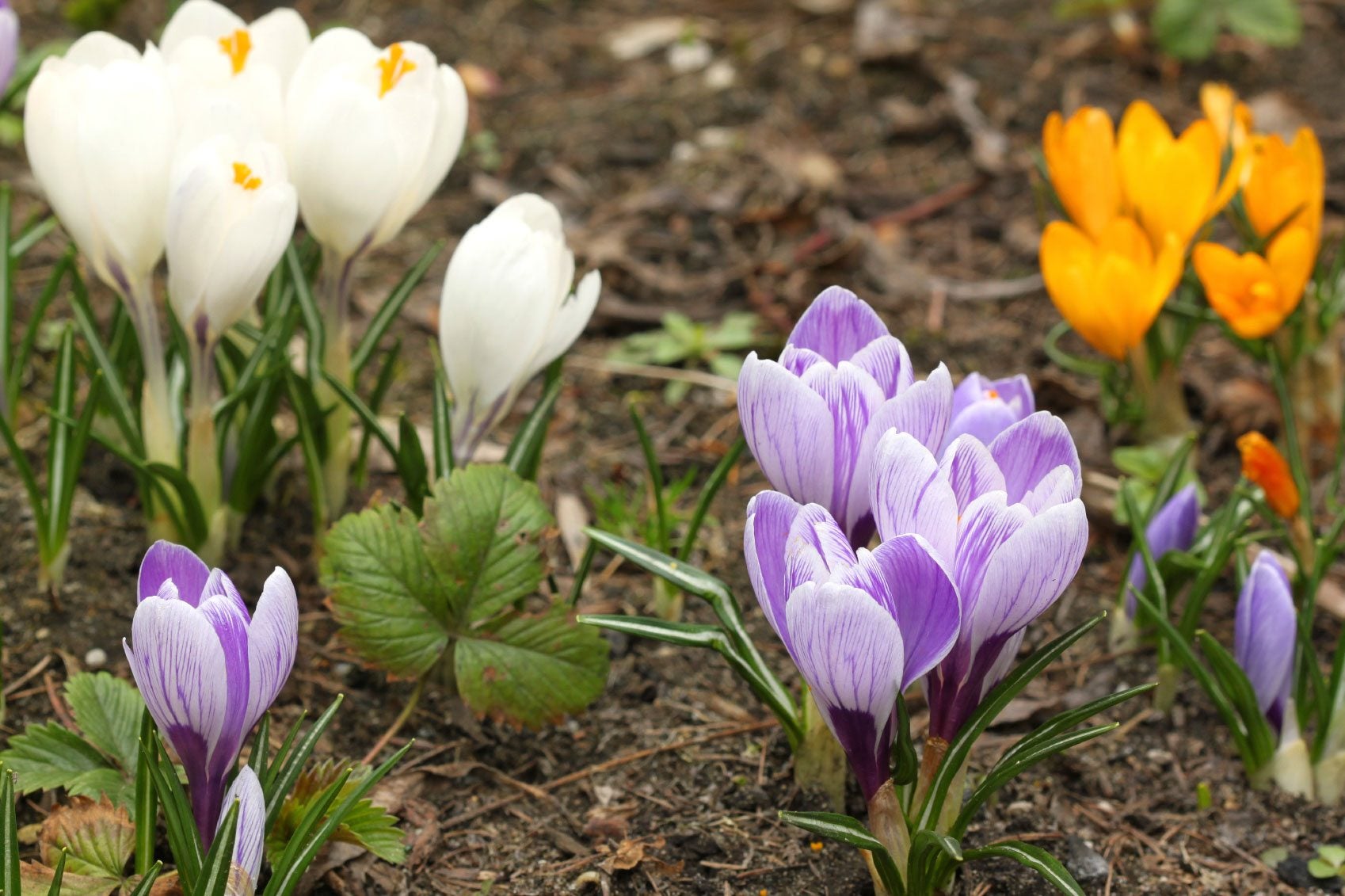 Common Crocus Species: Fall And Spring Blooming Crocus Plant Varieties
Common Crocus Species: Fall And Spring Blooming Crocus Plant VarietiesWe?re all familiar with spring crocus flowers, those dependable favorites that dot the ground with bright jewel tones. However, you can also plant less familiar, fall blooming crocus. Learn more about different types of crocus in this article.
By Mary H. Dyer
-
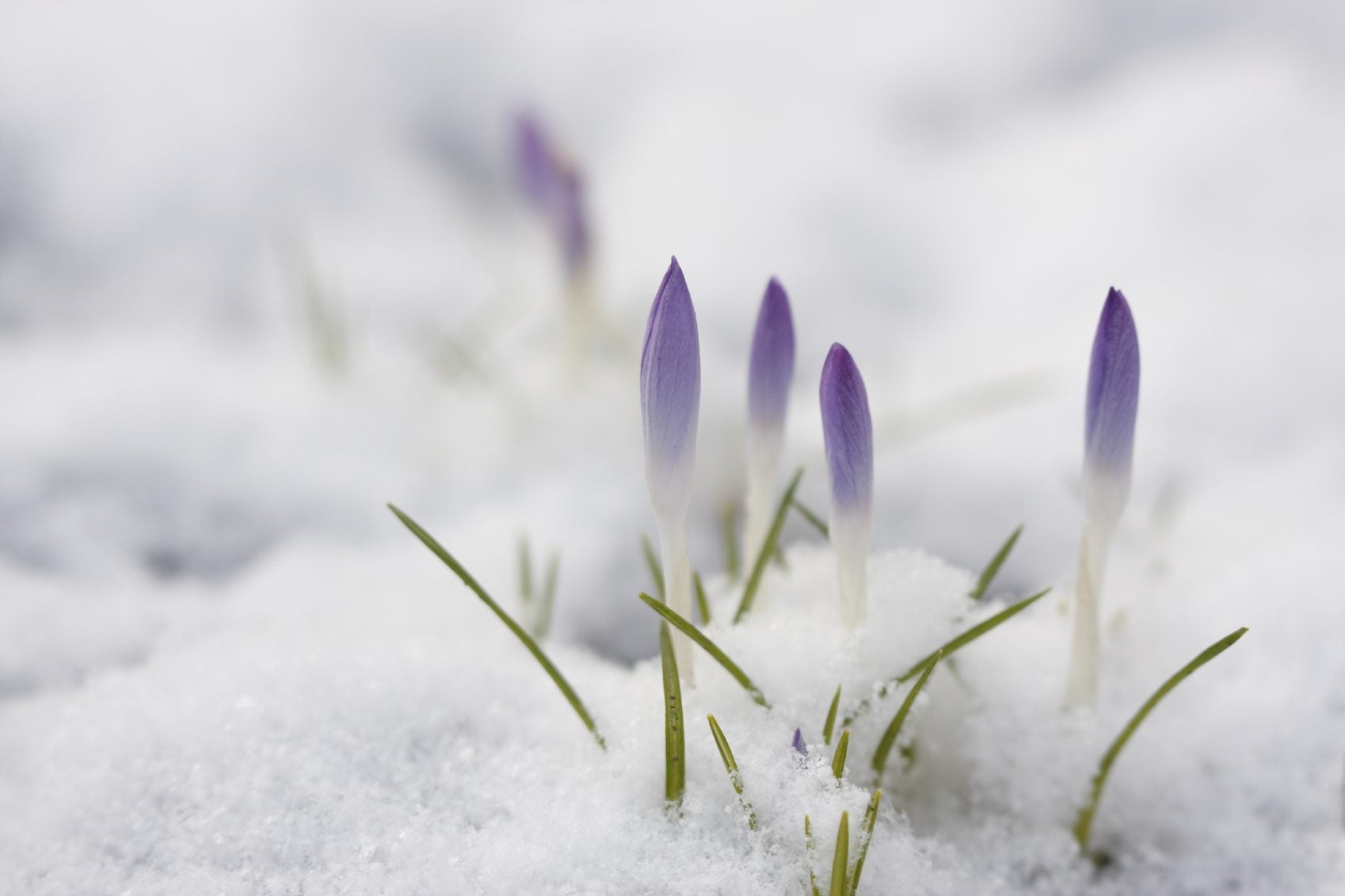 Crocus Winter Flowering: Learn About Crocus In Snow And Cold
Crocus Winter Flowering: Learn About Crocus In Snow And ColdCrocus winter flowering happens in temperate regions. It is not uncommon to see their white, yellow and purple heads surrounded by late snow. Will snow hurt crocus blooms? This article explains more about crocus cold hardiness.
By Bonnie L. Grant
-
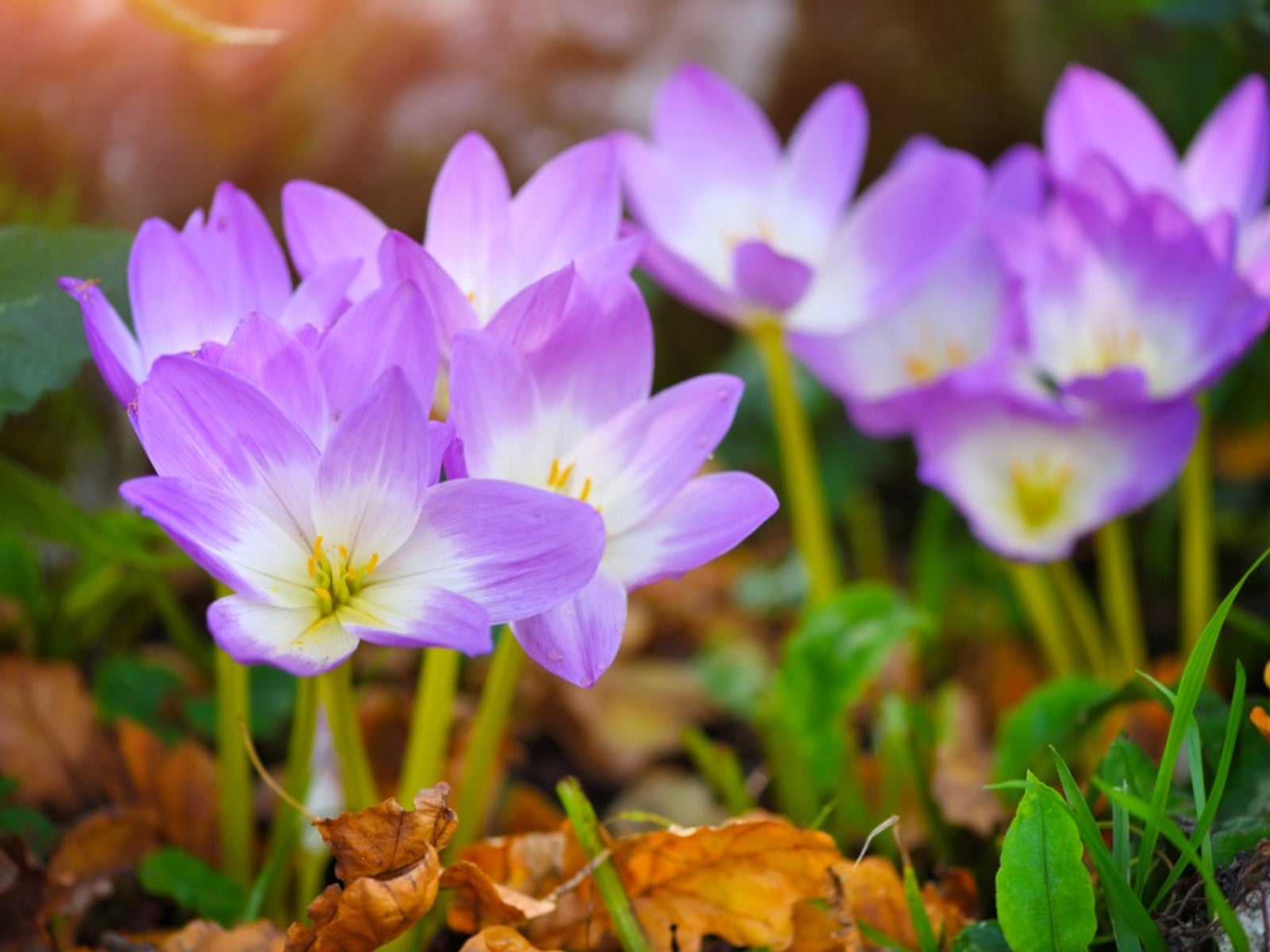 What Is Autumn Crocus: Growing Information And Care Of Autumn Crocus Plants
What Is Autumn Crocus: Growing Information And Care Of Autumn Crocus PlantsA charming addition to your fall flower bed, autumn crocus bulbs add unique color when much of the garden is getting ready for its long winter nap. Learn more about growing autumn crocus in this article.
By Amy Grant
-
 Tips For Growing Crocus In Your Garden
Tips For Growing Crocus In Your GardenOne of the first blooms to appear is the crocus, sometimes peeking up through a layer of snow with the promise of spring. Growing crocus in the home garden is easy, and this article can help.
By Bonnie L. Grant